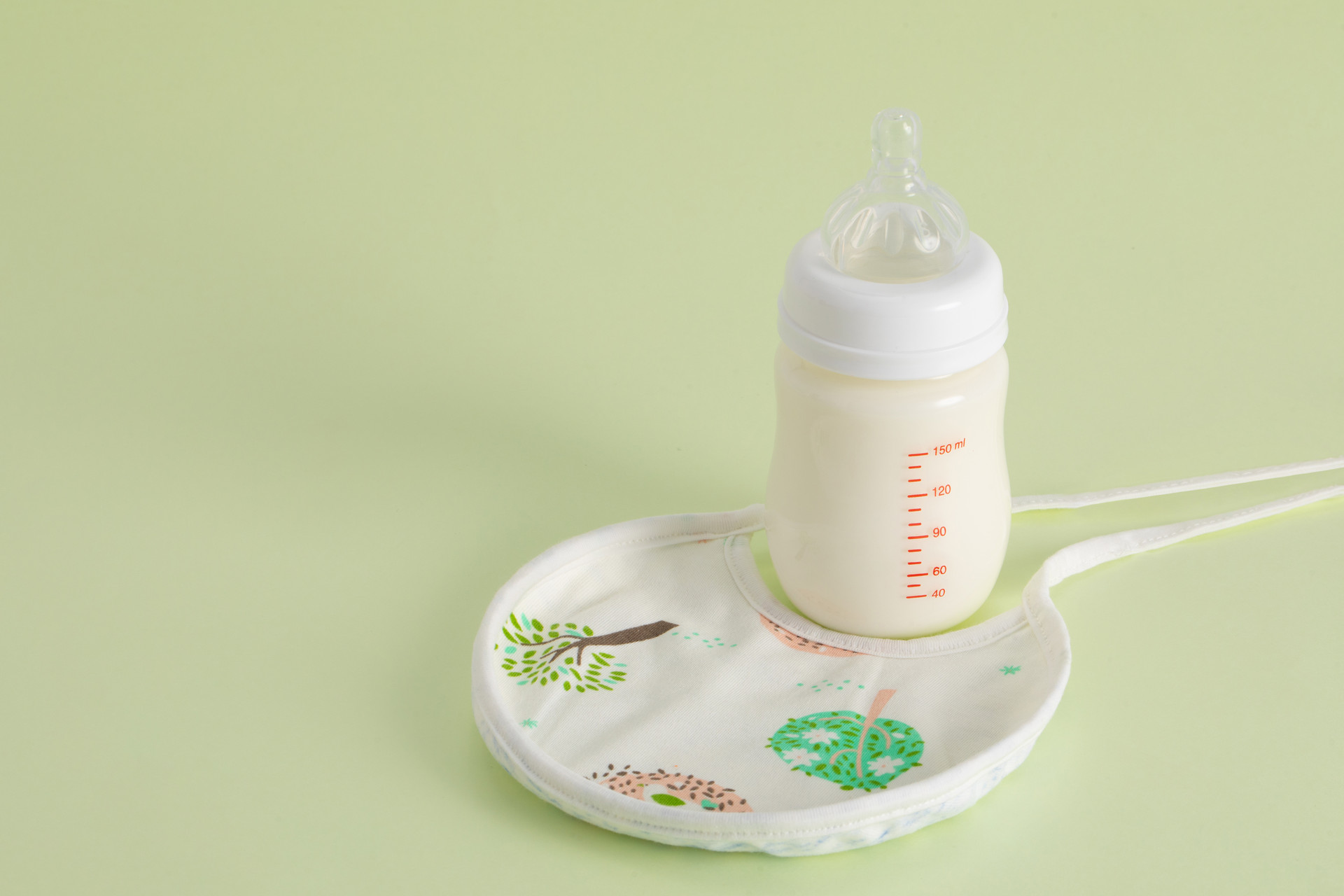Child health check-ups focus on babies under 3 years old, especially those who have not been weaned yet. According to the baby's physiological development, check-ups can be done every 3 months for babies under 1 year old, every 6 months for babies aged 1-2 years, and annually for babies older than 2 years.
First check-up:
At one month, babies can focus on larger objects and easily follow the light of a flashlight in one direction. Babies' arms and legs tend to be in a bent position.
The first health check-up, at 1 month old, is the baby's first examination after birth. The focus of this stage is to observe the baby's adaptation after leaving the mother's body, which includes overall development. Parents should pay attention to the baby's bowel movements at this stage and observe their skin condition. Any abnormalities should be consulted with a doctor as soon as possible.
Second check-up:
At 4 months, babies can support their own head and lift it up to a 90-degree angle when lying down. They can also support their body with their eyes while standing. Their eyes can follow the movement of a pen, and their head can turn accordingly. When they hear a sound, they show a facial expression of attentiveness and try to turn towards the source of the sound. At this stage, babies' tear ducts are developing, and they may produce more saliva.
Babies have different developmental milestones at different ages. For example, a 2-month-old baby can stretch after waking up and cry when hungry. A 3-4 month-old baby can smile and make eye contact with others. If any abnormalities are noticed, they should be detected and treated early during health check-ups.
Third check-up:
At 6 months, babies can turn over and sit, but they are not yet stable when sitting. They can move their body along with their head and eyes and can focus on bright objects and toys for about half a minute. At this stage, babies' necks are straightened, and the muscle control of their tongues and mouths is more mature, preparing for the development of chewing ability. Usually, babies will enter a period of refusing milk, and the rate of weight gain will slow down compared to before, but the overall physical development can still be observed.
Fourth check-up:
At 9 months, for babies who are developing quickly, some may start crawling and even try to stand by holding on to furniture, which is a significant milestone in motor development. In addition, rapid mental and linguistic development also occur during this stage. Babies can gradually understand simple language from adults. If they are told to clap their hands, they will happily follow the instructions.
This period is a teething phase, and baby teeth have functions in chewing, pronunciation, aesthetics, and maintaining space for permanent teeth. Parents should pay more attention to the baby's oral hygiene to prevent cavities, especially after the first milk tooth erupts. It is best to clean the teeth with a damp gauze after each feeding and not let the baby develop the habit of sleeping while holding a bottle.
Fifth check-up:
At 12 months, children can stand up on their own, hold onto things to walk, use their hands and feet together to climb stairs, and draw dots or straight lines with crayons on paper. They can turn or raise their head when called. By this time, babies should have 6-8 teeth, and the eruption of milk teeth should not be later than 1 year old. If a child's teeth erupt late or the eruption sequence is reversed, it is necessary to go to the hospital for examination.
Sixth check-up:
At 18 months, children can control their bowel movements and urination during the day. They can walk independently, run, but may still fall occasionally. They can hold onto railings to climb stairs step by step. Children can understand simple words and perform some actions according to adults' instructions.
Seventh check-up:
At 24 months, children can walk steadily, run, and go up and down stairs independently. They can pick up beads and draw circles and straight lines with crayons on paper. They can fully control their bowel movements and urination. By this time, 20 milk teeth should have erupted, and it is important to take care of them. Children can already speak simple sentences. If a child is still unable to speak fluently by the age of 2, it is necessary to go to the hospital for a hearing test.
Eighth check-up:
At 36 months, it is generally not easy to identify vision problems in early stages, so a vision test is necessary to detect problems early. At this time, a vision test should be conducted. Approximately 3% of babies in China may develop amblyopia, which is difficult for children and parents to detect. If it can be identified at the age of 3, the treatment effect is best before the age of 4. Parents should first teach their children to identify the test chart and be able to use gestures or words to indicate the direction of the "E" gap on the vision chart (up, down, left, right).











